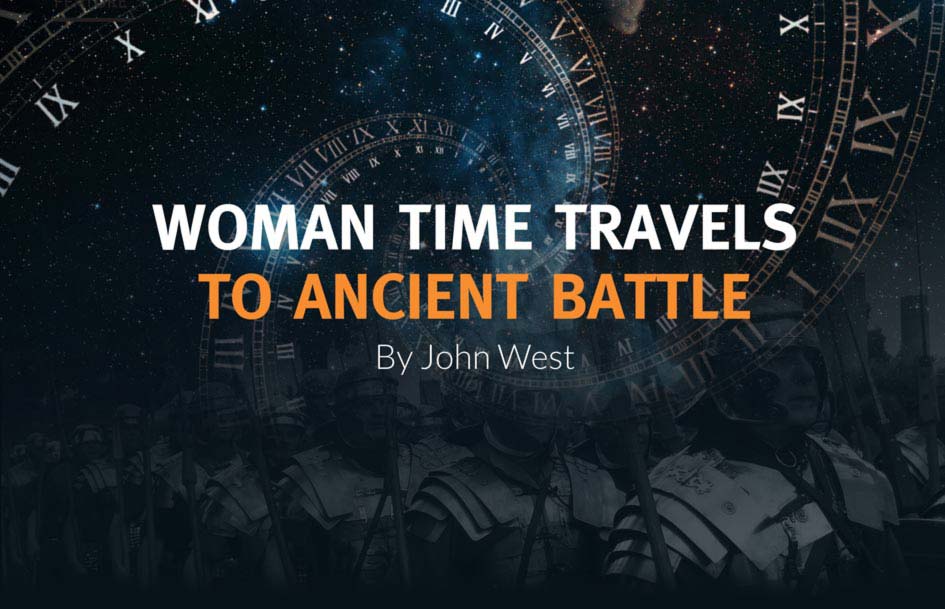
Earlier this year, John West took a look at some of the many apparitions, which have been seen or sensed at St Albans in Hertfordshire.
St Albans owes its origins to the Romans, who founded a town in the fields below what is the modern city. It takes its name from Alban, a Roman citizen who protected a Christian priest during a time of persecution.
This month, John tells of more paranormal activity in St Albans and starts with the White Hart Hotel...
| |
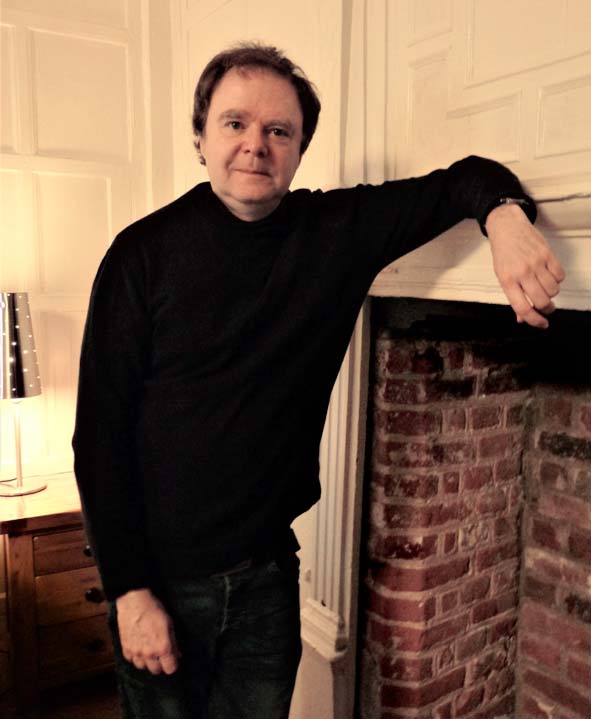 |
|
A PACKET of sugar vanished from
a room where John West stayed.
(Photo: John West)
|
THE White Hart Hotel dates from the 1470s and claims to be the most haunted building in St Albans.
William Hogarth, the famous artist, went there in 1746 to sketch Lord Lovat, who was being taken to London for trial following the collapse of the Jacobite rebellion in 1745.
Lovat had been one of the key supporters of Bonnie Prince Charlie. He was found guilty and executed on Tower Hill the following year.
Room 8 is said to be the most haunted in the hotel. Guests have found towels strewn across the bathroom and one man discovered writing on the bedroom mirror.
It was written in a chalky substance. The writing was described as being “big and bold,” and “sort of childish.” It said, “Meet me in Room 7 at 8.30.”
The man informed the landlady, Evie Scully, who then rubbed it out. The guest returned to the room only to discover that the writing had returned!
A figure has been witnessed sitting at the end of the bed, and an indentation, as if someone had been sitting there, has often been noted.
Not so long ago, I stayed in the haunted room and placed a packet of sugar on the couch to see what would happen.
I left the hotel and returned a couple of hours later. The packet had vanished! No one had entered the locked room in my absence.
The receptionist told me that recently she received a phone call from Room 8. No one was at the end of the line when she answered. This is hardly surprising as the room was empty at the time.
Guests in Room 7 often smell chicken, and a blazing fire was once observed in the blocked-up fireplace.
A little girl has been seen around the hotel, especially on the stairs and near the fireplace in the bar. Her apparition is believed to date from 1803 when a five-year-old child was killed in a fire after being trapped in the cellar.
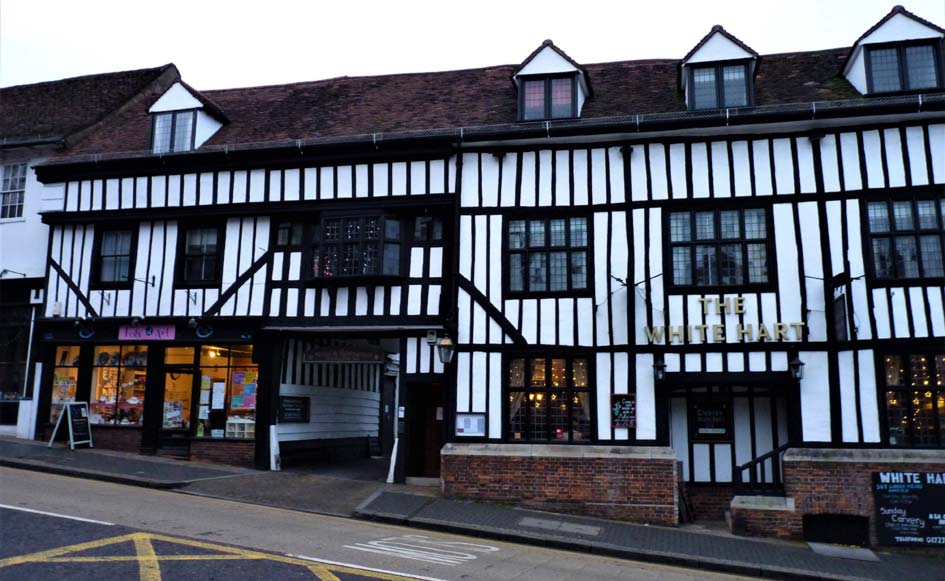
VARIOUS psychic phenomena have occurred at the White Hart Hotel including towels being strewn across the bathroom and inexplicable writing. (Photo: John West)
Barrels in the cellar have been thrown about, lights turned on and off, and a door also locks and unlocks itself.
Cold breezes, shadows and the feeling of someone standing behind you are just some of the other strange happenings experienced in the building.
The attic rooms are supposedly haunted by a prostitute with grey hair. In 2008, a male guest told of feeling icy hands around his neck as he sat on a bed. A chef staying there once dreamt that he was being strangled by a grey-haired woman.
In 1820 a lady called Elizabeth Wilson was travelling by coach to the hotel. She failed to duck as they approached the entrance and was killed instantly as her head struck the overhead beam.
Since then, the figure of a lady in grey has sometimes been seen looking out of the hotel’s windows. It is surmised that the figure is Elizabeth Wilson.
In 2001, the crew from a TV series, Ghost Detectives, visited the White Hart. During filming, a camera in the cellar was found to have had a cable wrenched from it. No one was near the camera at the time.
The two mediums involved in the programme claimed to have made contact with a Sarah, a Sir William and even the famed William Shakespeare.
Echoes of battle
St Albans has had the misfortune to witness two battles during the War of the Roses. The first battle was fought on May 22, 1455 and the second on February 17, 1461.
The origins of the conflict lay in a power struggle between the Dukes of York and Somerset in the vacuum left by King Henry VI, who was suffering from some sort of mental illness.
The war dragged on for over 32 years and was to end with the accession of Richard III and his ultimate defeat by Henry Tudor at the Battle of Bosworth.
The first battle has a strange legend attached to it. Somerset received a prophecy from Roger Bolingbroke, a soothsayer, who said of the Duke, “Let him shun castles.”
The battle, which lasted little more than half an hour, was a complete victory for the Yorkist cause.
Surprised by a ferocious charge by the Earl of Warwick into the market square, several of Somerset’s allies were killed and Henry was wounded and captured.
Somerset took refuge in the Castle Inn, on the corner of what is now Chequer Street and Victoria Street: a blue plaque marks the spot.
He then tried to fight his way out, but was fatally wounded right in front of the Castle Inn. The prophecy had been fulfilled.
Battlefield House, a half-timbered Tudor building in Chequer Street, was built near the site of the Lancastrian defence line. The sounds of battle, galloping horses, the clash of steel and the shouts of men were often heard there.
The sound of chanting monks was also heard. A resident of the town remembered staying in the house as a young girl.
She described witnessing a faceless figure wearing a caped greatcoat and beaver hat. The house was demolished in the last century. Shops now occupy the spot.
Folly Lane and Catherine Street are also haunted by the sounds of muffled footsteps and drumbeats, and Holywell Hill will sometimes echo to the cries of battle, including the command of “A-Warwick! A-Warwick!”

HOLYWELL HILL will sometimes echo to the cries of battle, including the command of “A-Warwick! A-Warwick!” This scene was captured in 1919.
Bernards Heath is the site of a possible time slip; part of the second battle of St Albans was fought here.
Betty Puttick, who wrote Ghosts of Hertfordshire, was walking her dog across the common when she noticed something strange about the trees. They were completely still and appeared like“a painted backdrop.”
As she walked into a wooded area, “all hell broke loose” and violent movement suddenly surrounded Betty.
She could feel horses rearing up around her. The sounds of neighing, shouts and the clash of swords filled her ears.
Betty threw her arms over her head to protect herself and rushed to escape. She then noticed a man wearing a leather cap, jerkin and leggings sitting with his back to a tree.
He carried a bow and arrows, and appeared to be wounded, as he was holding his head in his hands as if in pain. The apparition then faded away and all was silent again.
Betty’s dog came running towards her and the two quickly made for home. Betty often returned to Bernards Heath, but was never again to experience what she believed was a brief return to a battle fought so long ago.
Verulamium Park
The town of Verulamium was one of the finest in all of Roman Britain. The remains of defensive walls, a theatre, a mosaic floor in situ and a rich collection of artefacts in the site museum all testify to its past greatness.
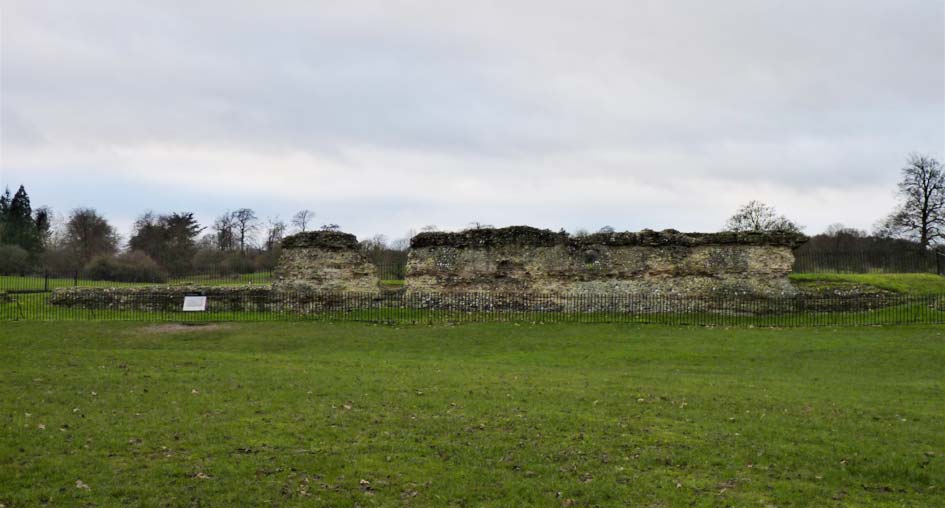
AT Verulamium Park, a phantom was seen wearing a tunic with silver buttons and tassels, baggy trousers and high boots. (Photo: John West)
With over 400 years of Roman occupation, it is hardly surprising that some of the ghosts of its former inhabitants are said to haunt the area.
In 1985, a man in his 20s was walking through the park one night. He was shocked to see a Roman centurion on a horse suddenly appear before him.
The man was so scared that he fled from the scene, falling and injuring his shoulder and knee in the process. He ended up being treated in a local hospital.
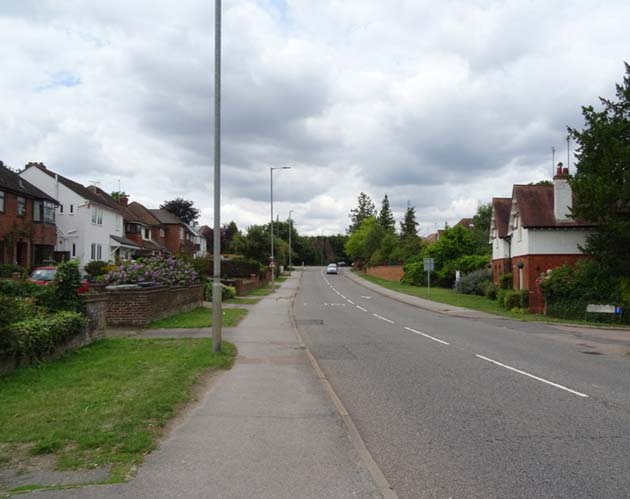 |
|
|
WHEN archaeologists were excavating a site at
King Harry Lane, they became aware of a
“presence” during the dig. (Photo: J Thomas)
|
|
Early one morning, John was walking around the park when he heard the sounds of marching feet behind him. He stood aside and felt an icy breeze as the unseen figures went by.
A ghost from a much later date also haunts the park. His only recorded appearance was in 1970.
It was the Christmas period. Two boys were cycling through the park one misty evening when they saw a figure in a silvery haze gliding towards them. He had long, curly hair and was carrying a sword.
The phantom was wearing a tunic with silver buttons and tassels, baggy trousers and high boots. He was seen by the boys to glide towards the bridge.
The park’s most puzzling apparition appeared one Easter morning in 2004 when a rust-coloured tornado, the size of a man, suddenly appeared before a group of startled walkers.
For many years, John “Ginger” Mills, a former circus performer, lived in a camper van by the lake in the park.
It was described as “an amazing mass of swirling energy,” which hovered in front of the witnesses before suddenly jumping into the stream.
The “tornado” then sank into the water, but a whirlpool, larger than a dinner plate, appeared at its vanishing point. This was seen to travel towards the bridge next to the Ye Olde Fighting Cocks.
| |
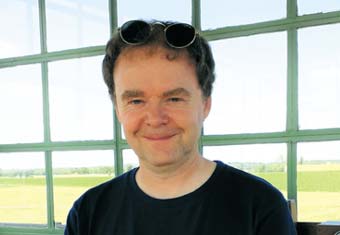
|
|
| |
John West is a writer, broadcaster and film producer. In 2018, he teamed up with director Jason Figgis to produce feature films and TV documentaries. The first of these was the documentary Simon Marsden: A Life in Picturesand the film, Winifred Meeks, a ghost story set on the Suffolk coast.
John also has his own golden oldies show on Smart Radio, which is broadcast every Tuesday at 2.00 pm on smartradio.org.uk
|
|
King Harry Lane is on the site of a Roman cemetery. Archaeologists excavating the site became aware of a “presence” during the dig. Romans have also been seen in Kingsbury Avenue and Camlet Way.
Camp Road, especially the area in the vicinity of the former Camp pub, is haunted by the sounds of marching feet on gravel. It is assumed that these sounds are the last psychic traces of Roman soldiers who were stationed hereabouts.
The ruins of old Gorhambury House, an Elizabethan mansion, are said to be the home of several ghostly Roman soldiers.
One November night, a group of people was driving from Wheathampstead to their homes in St Albans. The driver suddenly saw and heard a column of marching Roman soldiers.
An impressive standard-bearer was at their head. Strangely, the passengers did not see the figures, but heard the marching feet and the sounds of jangling armour.
|

